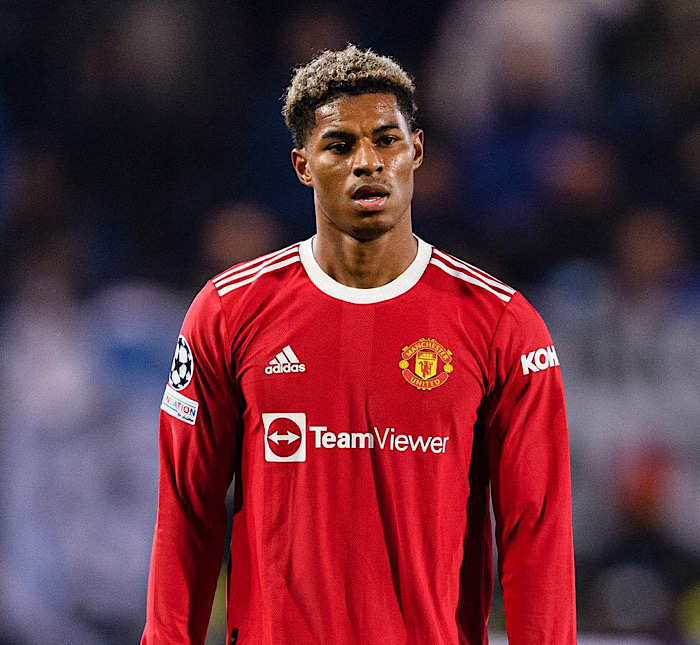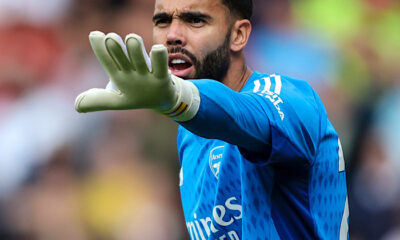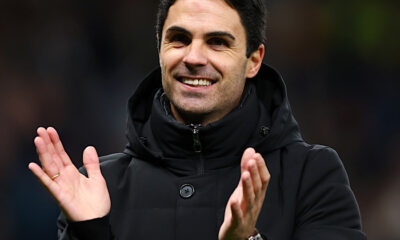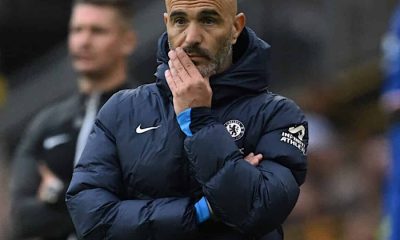Arsenal
Arsenal’s Financial Position Enables Summer Transfer Ambitions for Man United Star

Arsenal have been linked with a potential move for Manchester United forward Marcus Rashford, and recent financial maneuvers could facilitate the deal.
Several Premier League clubs, including Chelsea, Aston Villa, Everton, and Newcastle United, recently engaged in strategic player trading to comply with profit and sustainability regulations.
Arsenal, however, did not face the same pressure. The Gunners’ financial year ended on May 31, buoyed by their return to Champions League football, increased Premier League merit payments for finishing second, and higher commercial revenues.
While Arsenal’s significant spending on players like Declan Rice, Jurrien Timber, and Kai Havertz added nearly £40 million in annual amortization costs, the sale of Folarin Balogun to Monaco for around £26 million helped offset these expenses.
In the 2022/23 financial year, Arsenal’s amortization costs were £139 million, the fourth highest in the Premier League, with Manchester United topping the list at £170 million.
The club’s financial stability means they are not overly concerned with profit and sustainability regulations.
According to football finance expert Swiss Ramble, Arsenal, which posted losses of £52.1 million and £45.5 million in the last two seasons, are well within the allowed £105 million loss over three years, thanks to allowable deductions for infrastructure, the women’s team, the academy, and community initiatives.
Swiss Ramble estimates that Arsenal have a £94 million cushion, allowing them to post losses of up to £136 million for 2023/24 and remain compliant.
This financial health, along with projected revenue improvements, positions Arsenal well for future transfers.
Arsenal’s interest in Marcus Rashford, who has a market value of £60 million, aligns with their strategic goals.
A transfer fee spread over five years would add about £12 million annually to the balance sheet. Although Rashford’s reported wages of £325,000 per week would add nearly £17 million to payroll costs, the deal remains feasible for Arsenal.
Given their current squad cost ratio of 68%, Arsenal is well-positioned to handle the financial impact of such a signing.
The club’s focus on increasing commercial revenues and maintaining competitive success supports their ability to absorb these costs.
While Manchester United may hesitate to strengthen a direct rival, their need to rebuild and generate player trading profits could make them more open to a deal.
For Arsenal, securing Rashford would further their ambition to continue their resurgence under Mikel Arteta and challenge for top honors.













